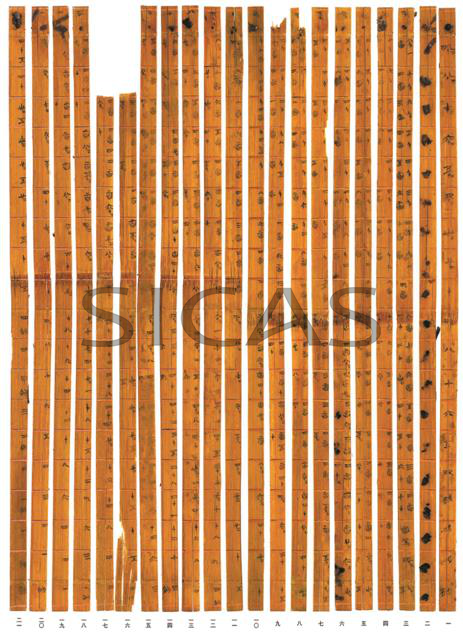

 |
An odyssey of numbers awaits you at TsinghuaFrom thousands of intricately engraved bamboo slips, and mazes of levers and cogs, to circuit boards smaller than your palm yet more complex than any machine…
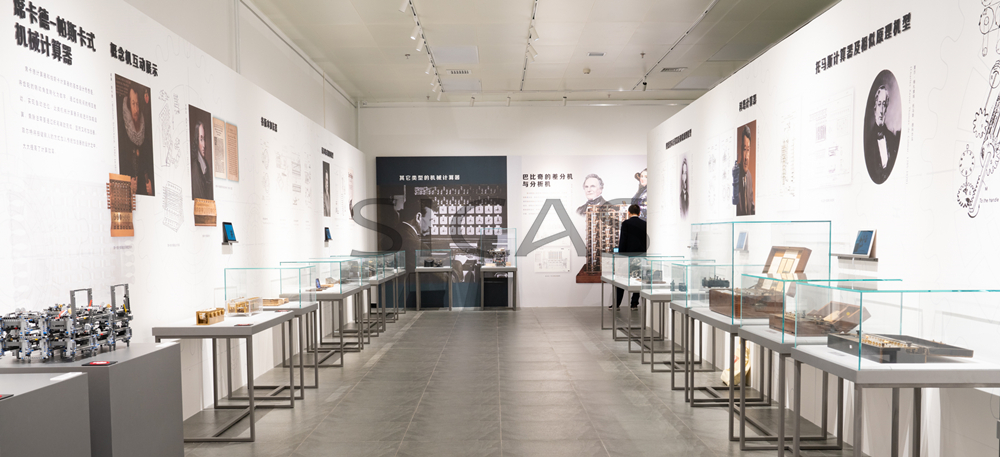
Travel back in time and join an odyssey of numbers at the newly-opened Tsinghua University Science Museum.
The museum is currently hosting the exhibition called “Maneuvering Numbers : The calculating device in the past and present.” Come and weave through time and space as the exhibit walks you through the early history of counting and calculation by humans using ancient counting tools all the way to humanity’s great innovations in mechanics and electronics around the world.
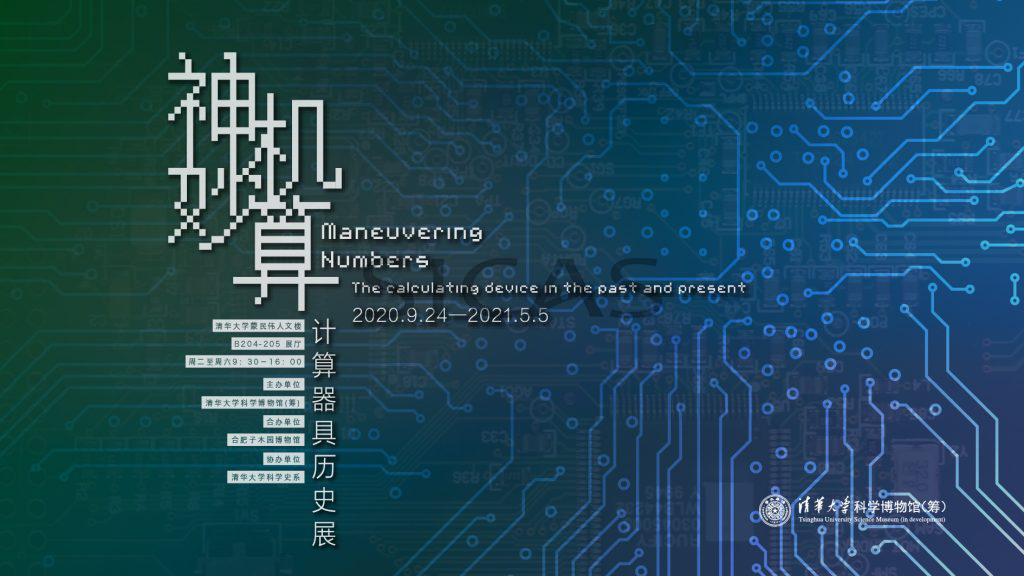
Location: Mong Man Wai Humanities Building B204-205 Time: Wednesday to Sunday 9:30-16:00, 24 September 2020 to 5 May 2021
The fascinating exhibit is a collaborative effort between Tsinghua University and the Zimuyuan Museum in Hefei. Divided into three parts, it has manual tools,mechanical calculators, and electronic computers on display, not to mention the first China-made personal computer “The Great Wall 0520CH.”
Part 1: Manual Tools
This part showcases humanity’s earliest mathematical techniques such as finger counting, with gestures that enabled humans to count up to 9999, and China’s famous Suan Biao bamboo slips with inscribed numbers in a system similar to what is known to today’s students as the nine-nine multiplication tables.
Part 2: Mechanical Calculators
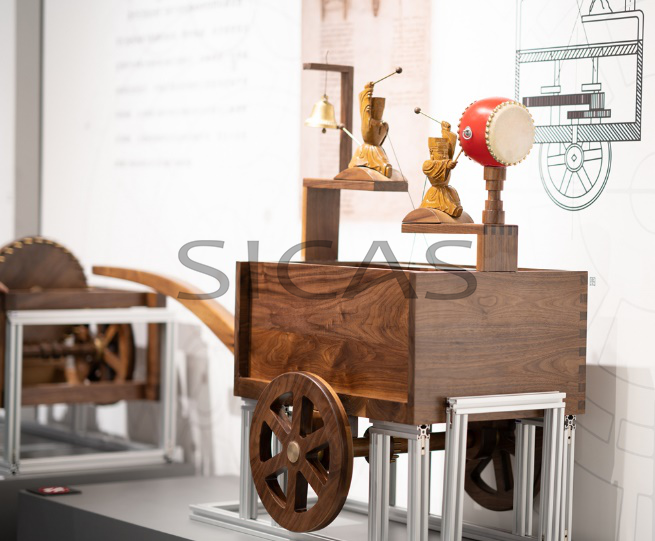
Next is the mechanical age, where cogs come into play — in this section, one gets to see and even try out replicas of clever and complex gizmos from centuries past. Take a Song dynasty odometer cart used for measuring distance traveled, for instance. Li (里) is a traditional Chinese unit of distance which is equivalent to half a kilometer. For this machine, it bangs the drum once for every 2 Li and rings the bell once for every 10 Li. And then there are these early mechanical calculators resembling typewriters that show how humans gradually moved towards using even more complex instruments for calculations. Among them are Thomas de Colmar, the world’s first commercially successful calculator from 19th century France.
Part 3: Electronic Computers
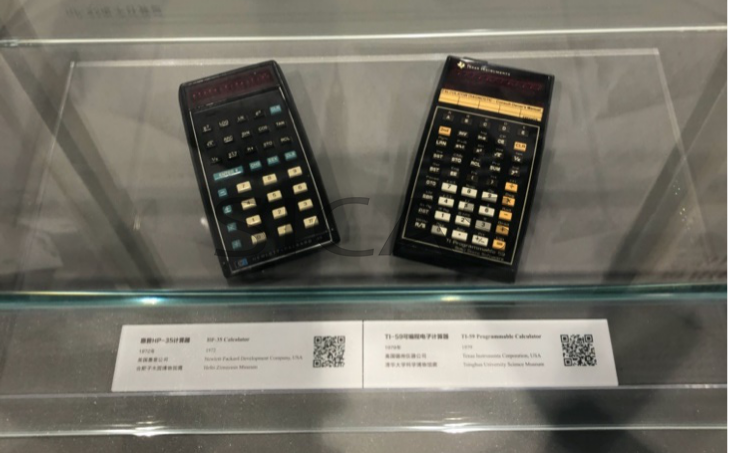
In this part, chips and processors replace cogs and levers, weighty mechanical calculators give way to portable calculators and desktop computers to modern supercomputers, featuring the evolution of the digital age we live in today. See the first hand-held calculators from the 70s(the left one in the photo) — don’t they look like the ones we use now?
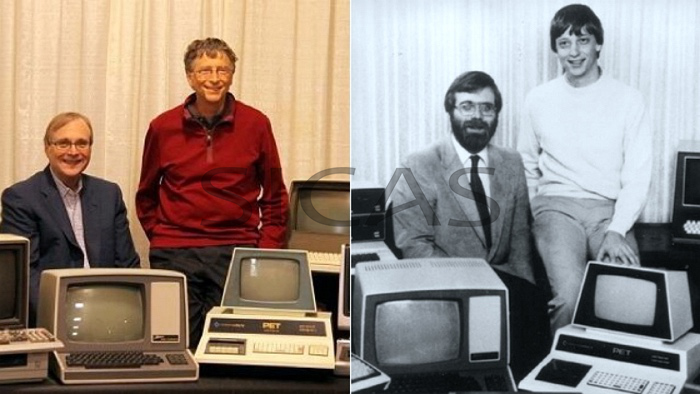
In 1981, Bill Gates and Paul Allen took a photo with six early desktop computers. Thirty-two years later, after Microsoft had risen to global prominence, they recreated the photo, posing with four of the original computers and two replacements. All these computers are on display at the museum.
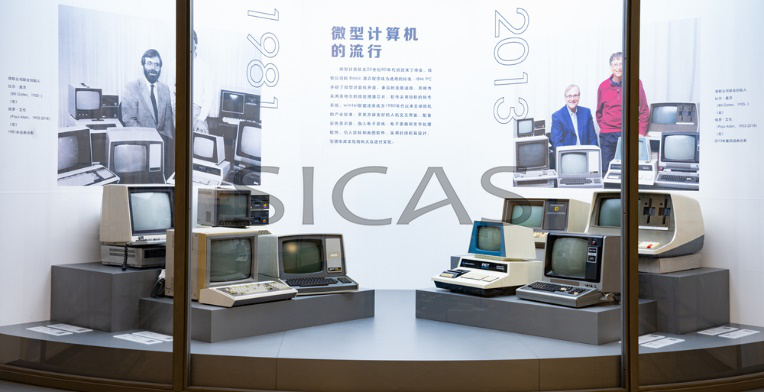
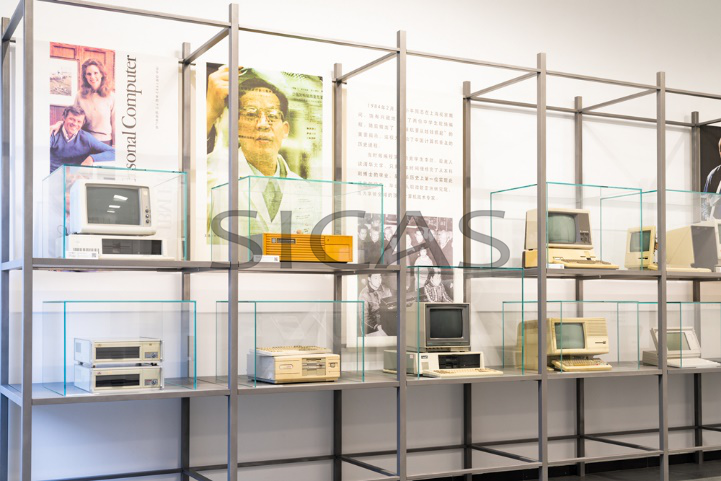
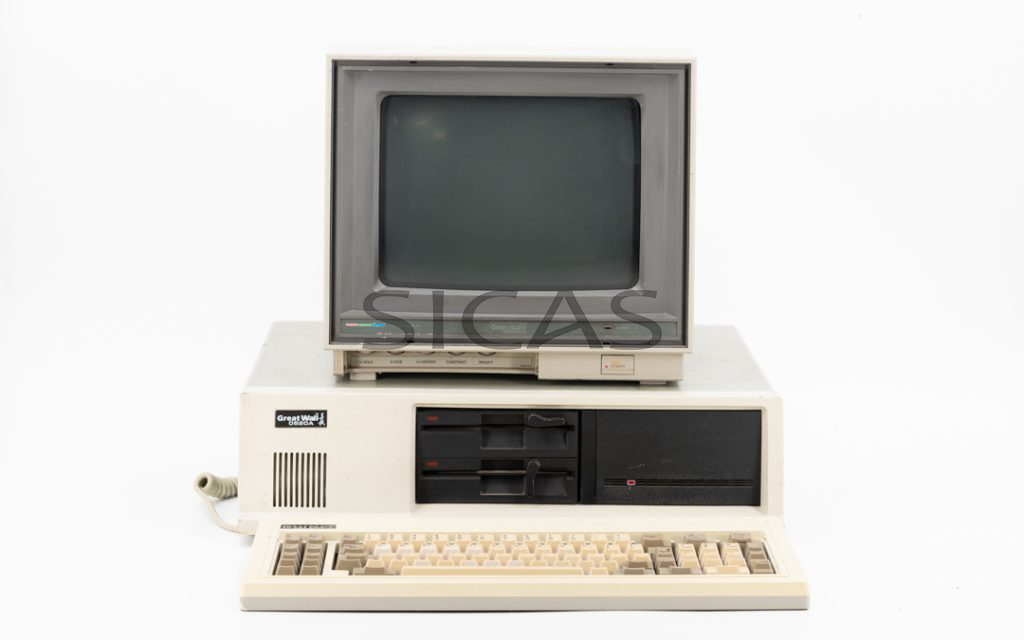
Moreover, this part of the exhibition offers a rare opportunity to see the first desktop computer ever made in China: The Great Wall computer of 1984.
If you'd like to explore more at the Science Museum, you can visit the exhibition called “A Century of Instruments,” which features a collection of outstanding scientific instruments devised or used by Tsinghua teachers and students.
From student sketches corrected by Liang Sicheng, the father of modern Chinese architecture, and an axial jet engine studied by Wu Zhonghua, the founder of engineering thermophysics in China, to the recent addition of our thermometer robot, Cutie Tu, feel the spirit of innovation and creativity running through the Tsinghua family. Who knows — you might be the next to earn a place on display!
Towards the end of the exhibit, the museum has a wall text that asks visitors: where have all the huge machines of the past gone? Now you know the answer: many such machines are in Tsinghua's very own Science Museum! Take a trip back in time with them, be more informed about instruments of the past
Source: Tsinghua University
|







